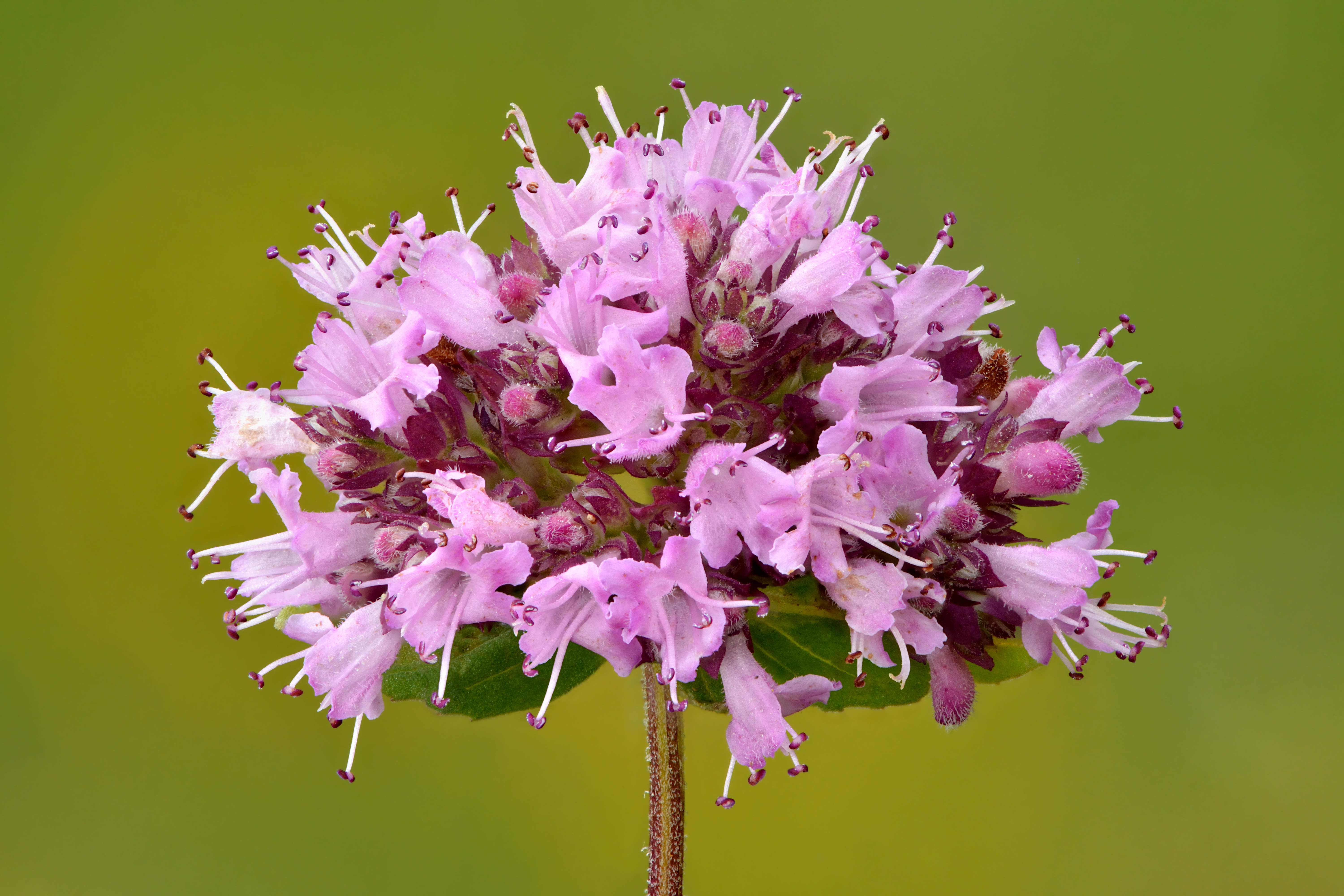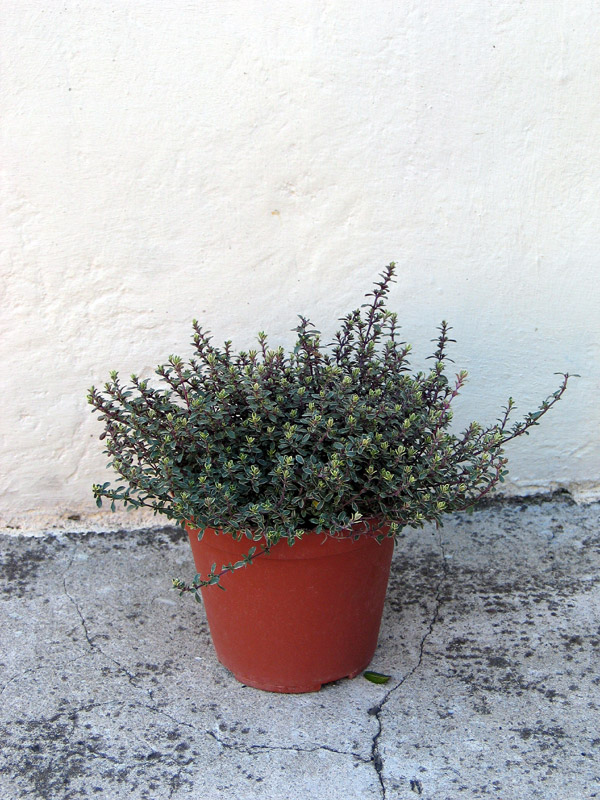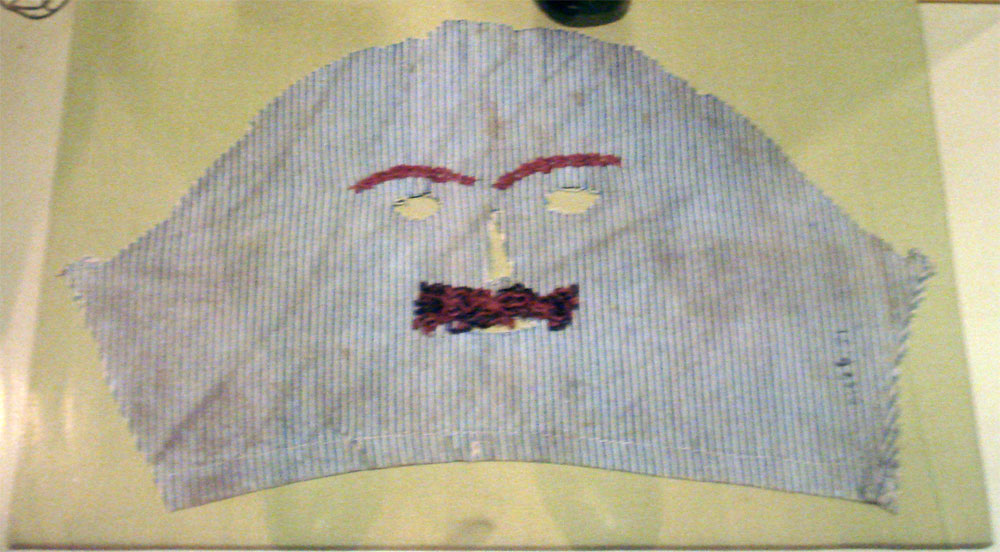|
Marjoram
Marjoram (, ''Origanum majorana'') is a cold-sensitive perennial plant, perennial herb or undershrub with sweet pine and citrus flavours. In some Middle Eastern countries, marjoram is synonymous with oregano, and there the names sweet marjoram and knotted marjoram are used to distinguish it from other plants of the genus ''Origanum''. It is also called pot marjoram, although this name is also used for other cultivated species of ''Origanum''. History Marjoram is indigenous to Cyprus, the Mediterranean, Turkey, Western Asia, the Arabian Peninsula, and the Levant, and was known to the ancient Ancient Greece, Greeks and Ancient Rome, Romans as a symbol of happiness. It may have spread to the British Isles during the Middle Ages. Marjoram was not widely used in the United States until after World War II. The name marjoram (Old French: ''majorane''; ) does not directly derive from the Latin word (major). Marjoram is related to Samhain, the Ancient Celtic religion, Celtic pagan ho ... [...More Info...] [...Related Items...] OR: [Wikipedia] [Google] [Baidu] |
Oregano
Oregano (, ; ''Origanum vulgare'') is a species of flowering plant in the mint family, Lamiaceae. It was native to the Mediterranean region, but widely naturalised elsewhere in the temperate climate, temperate Northern Hemisphere. Oregano is a woody perennial plant, growing to tall, with opposite leaves long. The flowers which can be white, pink or light purple, are long, and produced in erect spikes in summer. It is sometimes called wild marjoram, while its close relative ''Origanum majorana, O. majorana'' is known as sweet marjoram. Both are widely used as Herb, culinary herbs, especially in Turkish, Greek, Spanish, Italian, Latin, and French cuisine. Oregano is also an ornamental plant, with numerous cultivars bred for varying leaf colour, flower colour and habit. Etymology The English word "oregano" is a borrowing of the Spanish language, Spanish , which derives from the Latin , which itself comes from Classical Greek (''orī́ganon''). The ultimate origin is dispu ... [...More Info...] [...Related Items...] OR: [Wikipedia] [Google] [Baidu] |
Amaracus
In Greek mythology, Amaracus () was a young Cypriot boy who transformed into a marjoram plant, an aromatic herb that was one of Aphrodite's most commonly associated plants. Etymology The ancient Greek word for marjoram (''Origanum majorana'') is , ''amarakon''. Due to the possible β/μ variation (if related to Ancient Macedonian , ''abaru'', meaning oregano or marjoram) is probably of pre-Greek origin according to Robert Beekes. He also claims that any connection to Sanskrit ''maruva(ka)'' meaning the same is false. Mythology On the island of Cyprus, Amaracus was the royal perfumer in the court of King Cinyras, his father. One day Amaracus fell by chance while carrying the ointments, thus creating a greater odor from the confusion of said ointments. Afterwards, he was turned into the ''amarakon'' herb (the marjoram), which was also said to be sweet, a plant sacred to the goddess of love and beauty, Aphrodite. As the son of Cinyras, this would make Amaracus the brother of Sm ... [...More Info...] [...Related Items...] OR: [Wikipedia] [Google] [Baidu] |
Origanum
''Origanum'' ( ) is a genus of herbaceous perennial flowering plants and subshrubs in the family Lamiaceae. They are native to Europe, North Africa, and much of temperate Asia, where they are found in open or mountainous habitats. A few species also naturalized in scattered locations in North America and other regions. The plants have strongly aromatic leaves and abundant tubular flowers with long-lasting coloured bracts. The genus includes the important group of culinary herbs: marjoram (''Origanum majorana'') and oregano (''Origanum vulgare''). With their decorative bracts, ''Origanum'' species and cultivars are used as ornamental plants in the garden. The cultivars 'Kent Beauty' and 'Rosenkuppel' have received the Royal Horticultural Society's Award of Garden Merit. ''Origanum'' species are used as food plants by the larvae of some Lepidoptera species, including '' Coleophora albitarsella''. Species # '' Origanum acutidens'' (Hand.-Mazz.) Ietsw. – Turkey, Iraq # '' Origa ... [...More Info...] [...Related Items...] OR: [Wikipedia] [Google] [Baidu] |
De Materia Medica
(Latin name for the Greek work , , both meaning "On Medical Material") is a pharmacopoeia of medicinal plants and the medicines that can be obtained from them. The five-volume work was written between 50 and 70 CE by Pedanius Dioscorides, a Greek physician in the Roman army. It was widely read for more than 1,500 years until supplanted by revised herbals in the Renaissance, making it one of the longest-lasting of all natural history and pharmacology books. The work describes many drugs known to be effective, including aconite, aloes, colocynth, colchicum, henbane, opium and squill. In total, about 600 plants are covered, along with some animals and mineral substances, and around 1000 medicines made from them. was circulated as illustrated manuscripts, copied by hand, in Greek, Latin, and Arabic throughout the medieval period. From the 16th century onwards, Dioscorides' text was translated into Italian, German, Spanish, French, and into English in 1655. It served ... [...More Info...] [...Related Items...] OR: [Wikipedia] [Google] [Baidu] |
Ancient Celtic Religion
Ancient Celtic religion, commonly known as Celtic paganism, was the religion of the ancient Celtic peoples of Europe. Because there are no extant native records of their beliefs, evidence about their religion is gleaned from archaeology, Greco-Roman accounts (some of them hostile and probably not well-informed), and literature from the early Christian period. Green, Miranda (2012). "Chapter 25: The Gods and the supernatural", ''The Celtic World''. Routledge. pp.465–485 Celtic paganism was one of a larger group of polytheistic Indo-European religions of Iron Age Europe. While the specific deities worshipped varied by region and over time, underlying this were broad similarities in both deities and "a basic religious homogeneity" among the Celtic peoples. Widely worshipped Celtic gods included Lugus, Toutatis, Taranis, Cernunnos, Epona, Maponos, Belenos, and Sucellos. Sacred springs were often associated with Celtic healing deities. Triplicity is a common theme, with ... [...More Info...] [...Related Items...] OR: [Wikipedia] [Google] [Baidu] |
Halloween
Halloween, or Hallowe'en (less commonly known as Allhalloween, All Hallows' Eve, or All Saints' Eve), is a celebration geography of Halloween, observed in many countries on 31 October, the eve of the Western Christianity, Western Christian feast of All Saints' Day, All Hallows' Day. It is at the beginning of the observance of Allhallowtide, the time in the Christian liturgical year dedicated to remembering the dead, including saints (hallows), Christian martyr, martyrs, and all the faithful departed. In popular culture, Halloween has become a celebration of Horror fiction, horror and is associated with the macabre and the supernatural. One theory holds that many Halloween traditions were influenced by Celts, Celtic harvest festivals, particularly the Gaels, Gaelic festival Samhain, which are believed to have Paganism, pagan roots. Some theories go further and suggest that Samhain may have been Christianization, Christianized as All Hallows' Day, along with its eve, by the Ear ... [...More Info...] [...Related Items...] OR: [Wikipedia] [Google] [Baidu] |
Sephardi Jews
Sephardic Jews, also known as Sephardi Jews or Sephardim, and rarely as Iberian Peninsular Jews, are a Jewish diaspora population associated with the historic Jewish communities of the Iberian Peninsula (Spain and Portugal) and their descendants. The term "Sephardic" comes from '' Sepharad'', the Hebrew word for Iberia. These communities flourished for centuries in Iberia until they were expelled in the late 15th century. Over time, "Sephardic" has also come to refer more broadly to Jews, particularly in the Middle East and North Africa, who adopted Sephardic religious customs and legal traditions, often due to the influence of exiles. In some cases, Ashkenazi Jews who settled in Sephardic communities and adopted their liturgy are also included under this term. Today, Sephardic Jews form a major component of world Jewry, with the largest population living in Israel. The earliest documented Jewish presence in the Iberian Peninsula dates to the Roman period, beginning in the fir ... [...More Info...] [...Related Items...] OR: [Wikipedia] [Google] [Baidu] |
Aphrodite
Aphrodite (, ) is an Greek mythology, ancient Greek goddess associated with love, lust, beauty, pleasure, passion, procreation, and as her syncretism, syncretised Roman counterpart , desire, Sexual intercourse, sex, fertility, prosperity, and victory. Aphrodite's major symbols include seashells, Myrtle (common), myrtles, roses, doves, sparrows, and swans. The cult of Aphrodite was largely derived from that of the Ancient Canaanite religion, Phoenician goddess Astarte, a cognate of the East Semitic goddess Ishtar, whose cult was based on the Sumerian religion, Sumerian cult of Inanna. Aphrodite's main cult centers were Kythira, Cythera, Cyprus, Corinth, and Athens. Her main festival was the Aphrodisia, which was celebrated annually in midsummer. In Laconia, Aphrodite was worshipped as a warrior goddess. She was also the patron goddess of Prostitution in ancient Greece, prostitutes, an association which led early scholars to propose the concept of sacred prostitution in Greco-Rom ... [...More Info...] [...Related Items...] OR: [Wikipedia] [Google] [Baidu] |
University Of Patras
The University of Patras (UPatras; , ''Panepistímio Patrón'', ΠΠ) is a public university in Patras, Greece. It is the third-largest university in Greece with respect to the size of the student body, the staff, and the number of departments."''The EEC recommends that the Institution should develop and implement a pragmatic strategic planning process to set priorities for the university as a whole and for each School with an explicitly defined set of targets and timelines. The EEC evaluated and scored according to our estimate of where UPatras stands in relation to our understanding of an international norm of excellence. Although we are conscious of the severe constraints imposed by the Greek State, we have not used them as an excuse for not identifying areas of improvement. Please note that an EEC member gave a worthy of merit vote by taking into account with a heavier weight the negative influence of the external environment on UPatras's ability to plan, strategise and ope ... [...More Info...] [...Related Items...] OR: [Wikipedia] [Google] [Baidu] |
Carl Linnaeus
Carl Linnaeus (23 May 1707 – 10 January 1778), also known after ennoblement in 1761 as Carl von Linné,#Blunt, Blunt (2004), p. 171. was a Swedish biologist and physician who formalised binomial nomenclature, the modern system of naming organisms. He is known as the "father of modern Taxonomy (biology), taxonomy". Many of his writings were in Latin; his name is rendered in Latin as and, after his 1761 ennoblement, as . Linnaeus was the son of a curate and was born in Råshult, in the countryside of Småland, southern Sweden. He received most of his higher education at Uppsala University and began giving lectures in botany there in 1730. He lived abroad between 1735 and 1738, where he studied and also published the first edition of his ' in the Netherlands. He then returned to Sweden where he became professor of medicine and botany at Uppsala. In the 1740s, he was sent on several journeys through Sweden to find and classify plants and animals. In the 1750s and 1760s, he co ... [...More Info...] [...Related Items...] OR: [Wikipedia] [Google] [Baidu] |
Bloomsbury Publishing
Bloomsbury Publishing plc is a British worldwide publishing house of fiction and non-fiction. Bloomsbury's head office is located on Bedford Square in Bloomsbury, an area of the London Borough of Camden. It has a US publishing office located in New York City, an India publishing office in New Delhi, an Australian sales office in Sydney CBD, and other publishing offices in the UK, including in Oxford. It is listed on the London Stock Exchange and is a constituent of the FTSE 250 Index. History The company was founded in 1986 by Nigel Newton, who had previously been employed by other publishing companies. It was floated as a public registered company in 1994, raising £5.5 million, which was used to fund expansion of the company into paperback and children's books. A rights issue of shares in 1998 further raised £6.1 million, which was used to expand the company, in particular to found a U.S. branch. In 1998, Bloomsbury USA was established. Bloomsbury USA Books for Young Read ... [...More Info...] [...Related Items...] OR: [Wikipedia] [Google] [Baidu] |








